Twig Snake
- December 17, 2023
- 0 comment
The Twig Snake, scientifically known as the Thelotornis genus, is a fascinating snake species found primarily in sub-Saharan Africa. Renowned for its slender and elongated body, the Twig Snake derives its name from its incredible ability to mimic the appearance of a twig, aiding in camouflage and making it a master of disguise in its natural habitat.
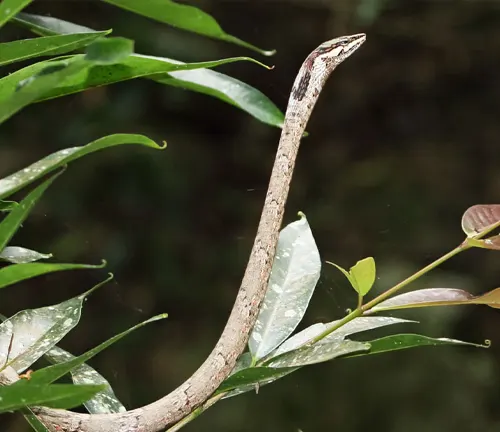
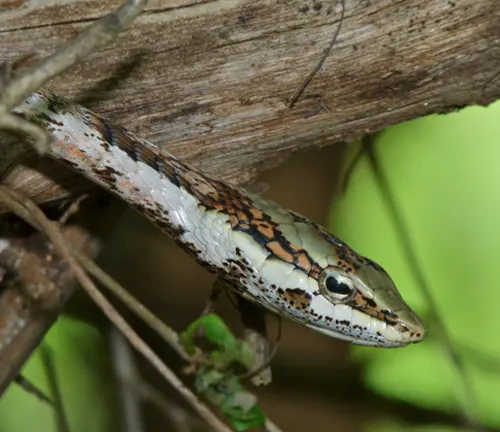
With a preference for wooded areas and savannas, these serpents are highly adaptable and can also be spotted in suburban gardens. Featuring a potent venom that is primarily neurotoxic, the Twig Snake employs its venomous bite to immobilize prey, which primarily consists of small mammals, birds, and occasionally amphibians. Despite its venomous nature, this snake is generally shy and will choose to flee rather than confront potential threats.
As a result, encounters with humans are relatively rare, but caution is still advised due to the potentially dangerous venom. The Twig Snake’s unique combination of mimicry, adaptability, and venomous capabilities makes it a captivating subject for herpetologists and nature enthusiasts alike.
| Characteristic | Details |
|---|---|
| Scientific Name | Thelotornis genus |
| Geographic Range | Sub-Saharan Africa |
| Habitat | Wooded areas, savannas, suburban gardens |
| Appearance | Slender and elongated body, twig-like camouflage |
| Venom Type | Neurotoxic |
| Prey | Small mammals, birds, occasional amphibians |
| Behaviour | Generally shy, prefers to flee from threats |
| Encounter Risk | Relatively rare, but caution advised due to venom |
| Distinctive Feature | Mimicry of a twig for effective camouflage |
| Adaptability | Highly adaptable to various environments |
| Human Interaction | Rare encounters, potential danger due to venom |
| Interest to Scientists | Studied for its unique traits and venomous nature |
Venomous or Not Venomous?
The query surrounding the Twig Snake’s venomous nature unravels a tale of potency and caution. Armed with neurotoxic venom, this serpent employs its venomous bite to subdue prey. Yet, despite its venomous capabilities, encounters with humans are rare, as the snake generally opts for a discreet escape. The duality of danger and discretion marks a defining aspect of its intriguing existence.
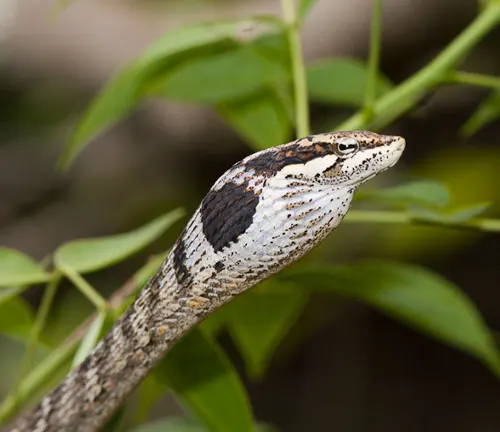
Ecological Importance
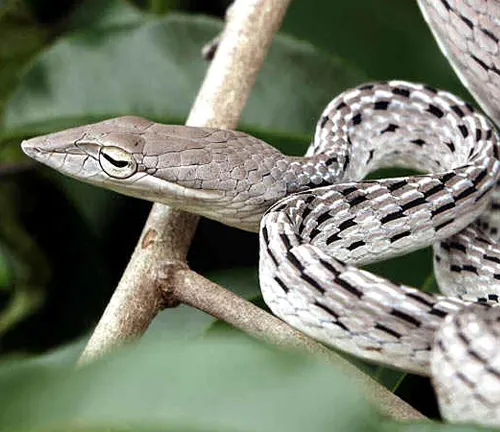
Beyond its visual allure, the Twig Snake assumes a vital role in the intricate web of ecosystems in sub-Saharan Africa. As a proficient predator, it helps regulate populations of small mammals, birds, and amphibians, contributing to the delicate balance of nature. Understanding the ecological significance of this snake unveils the interconnection of species within its habitat.
Habitat
The Twig Snake’s habitat is as diverse as its appearance. Found in wooded areas, savannas, and even suburban gardens, it showcases remarkable adaptability. Its ability to thrive in various environments underscores its resilience and evolutionary prowess. Exploring its preferred habitats provides a glimpse into the snake’s ability to navigate and conquer diverse landscapes.

Behaviour
The Twig Snake’s behaviour is a study in elusiveness. Preferring flight over confrontation, this serpent demonstrates a nuanced dance between caution and adaptability. Its behavioural traits offer valuable insights into the survival strategies employed by the snake, revealing a creature finely tuned to the intricacies of its environment.
Art and Culture
The unique aesthetics of the Twig Snake have not escaped the realms of art and culture. From indigenous myths to contemporary depictions, the snake’s symbolic significance varies across different cultures. Exploring the intersection of art and nature adds a cultural dimension to our understanding and appreciation of the Twig Snake.
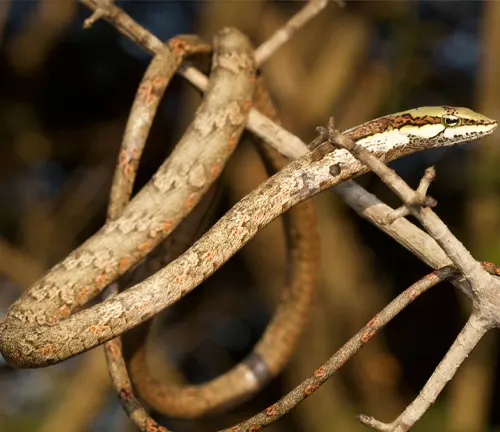
Survival
Survival in the wild demands a skilful balance, and the Twig Snake has evolved with finesse. From cryptic camouflage to swift hunting techniques, its survival strategies are a testament to adaptability. Unveiling these strategies provides a deeper understanding of the snake’s resilience in the face of environmental challenges.
Conservation
As human activities increasingly impact natural habitats, the conservation of species like the Twig Snake becomes imperative. Identifying and mitigating threats are essential steps in preserving biodiversity and maintaining the delicate balance of ecosystems. Conservation efforts are crucial for ensuring the continued existence of this remarkable serpent.
Common Food
Examining the Twig Snake’s diet reveals its role as a predator of small mammals, birds, and amphibians. Understanding its feeding habits provides insights into its ecological niche and impact on local fauna. This exploration of its dietary preferences contributes to a holistic understanding of its role within the ecosystem.
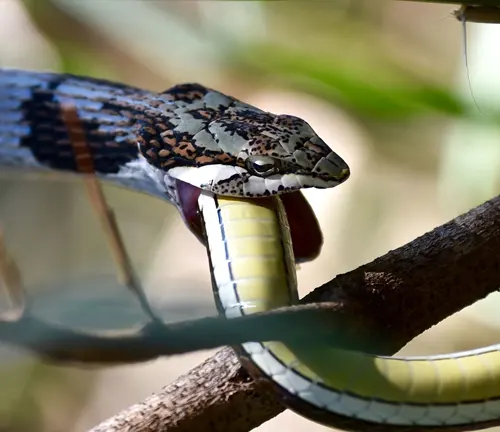
Benefits
While the Twig Snake may instil caution due to its venomous nature, recognising its benefits in pest control and ecological balance offers a more nuanced perspective. Appreciating the positive aspects of this species contributes to fostering a harmonious coexistence between humans and the natural world.
Different Species
Thelotornis capensis
(Cape Twig Snake)
Found in southern Africa, this species is known for its slender body and twig-like appearance. It is highly venomous, relying on neurotoxic venom to subdue its prey.
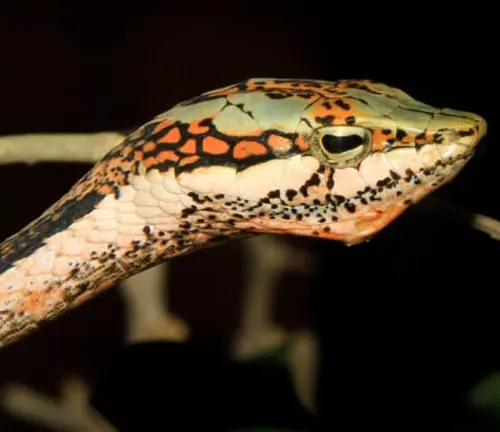
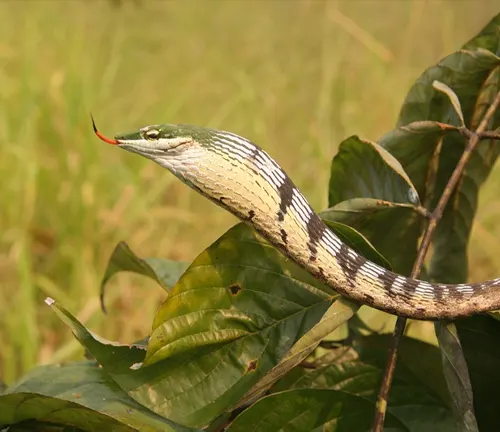
Thelotornis kirtlandii
(Kirtland’s Twig Snake)
Native to Central Africa, this species is characterised by its slender build and arboreal nature. It is venomous and preys on small mammals and birds.
Thelotornis usambaricus
(Usambara Twig Snake)
Endemic to the Usambara Mountains in Tanzania, this species is arboreal and has a unique coloration. It is known for its cryptic behaviour and venomous bite.
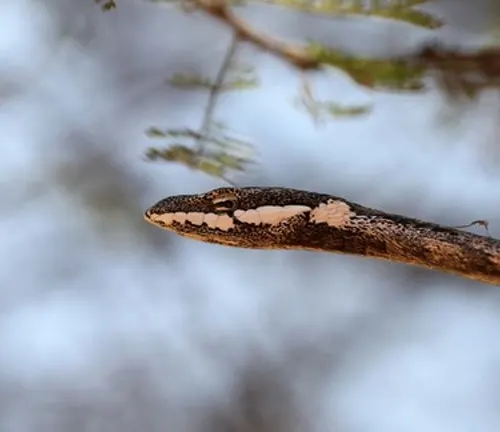
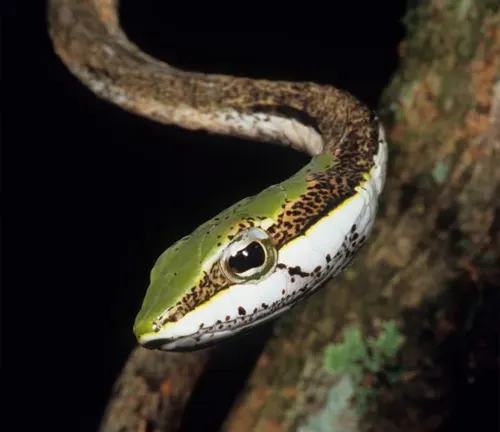
Thelotornis mossambicanus
(Mozambique Twig Snake)
Found in eastern and southern Africa, this species is known for its elongated body and excellent camouflage. It is venomous and primarily feeds on birds and small mammals.
Thelotornis capensis venustus
(Cape Vine Snake or Elegant Twig Snake)
This subspecies of the Cape Twig Snake is known for its elegant appearance and slender profile. It is found in southern Africa and is mildly venomous.

Conclusion
In conclusion, the Twig Snake stands as a testament to the intricate beauty and complexity of nature. Its botanical allure, combined with venomous capabilities and ecological importance, paints a multifaceted portrait of this remarkable serpent. Understanding and appreciating the Twig Snake enriches our connection with the natural world, emphasising the need for conservation and a balanced coexistence.
Frequently Asked Questions (FAQs)
- What is a Twig Snake?
Twig Snakes are a group of venomous snakes belonging to the Thelotornis genus, known for their slender bodies and remarkable twig-like appearance, aiding in camouflage. - Where are Twig Snakes found?
Twig Snakes are primarily found in sub-Saharan Africa. They inhabit a range of environments, including wooded areas, savannas, and even suburban gardens. - Are Twig Snakes venomous?
Yes, Twig Snakes are venomous. They possess neurotoxic venom, which they use to subdue their prey. While they can be dangerous, encounters with humans are rare as they tend to avoid confrontations. - What is the ecological importance of Twig Snakes?
Twig Snakes play a crucial role in their ecosystems by helping control populations of small mammals, birds, and amphibians, contributing to the balance of the local fauna. - How do Twig Snakes behave in the wild?
Twig Snakes are generally elusive and prefer fleeing from potential threats rather than confrontation. They exhibit a cautious behaviour, relying on their cryptic appearance for protection. - Do Twig Snakes have any cultural significance?
Yes, the unique appearance of Twig Snakes has found its way into various cultures. From indigenous myths to contemporary art, these snakes may hold symbolic significance in different societies. - What is the conservation status of Twig Snakes?
Conservation status can vary among different species of Twig Snakes. Some may face threats due to habitat loss or other human activities, emphasising the importance of conservation efforts. - What is the typical habitat of Twig Snakes?
Twig Snakes inhabit a range of environments, including wooded areas and savannas. Their adaptability allows them to thrive in diverse landscapes. - What do Twig Snakes eat?
Twig Snakes primarily feed on small mammals, birds, and occasionally amphibians. Their diet reflects their role as predators in their ecosystems. - Can Twig Snakes be kept as pets?
Keeping Twig Snakes as pets may not be advisable due to their venomous nature. Additionally, their specific environmental and dietary requirements make them challenging to care for in captivity. - Are Twig Snakes endangered?
The conservation status of Twig Snakes can vary among species. Some may face threats, while others may have more stable populations. Conservation efforts are essential to ensure their long-term survival.


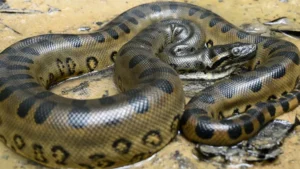

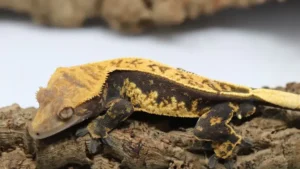

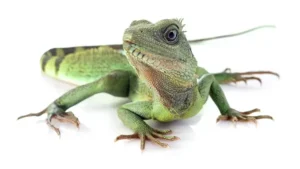


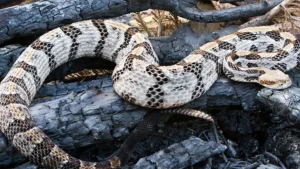
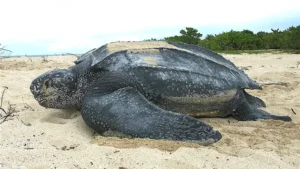



Leave your comment